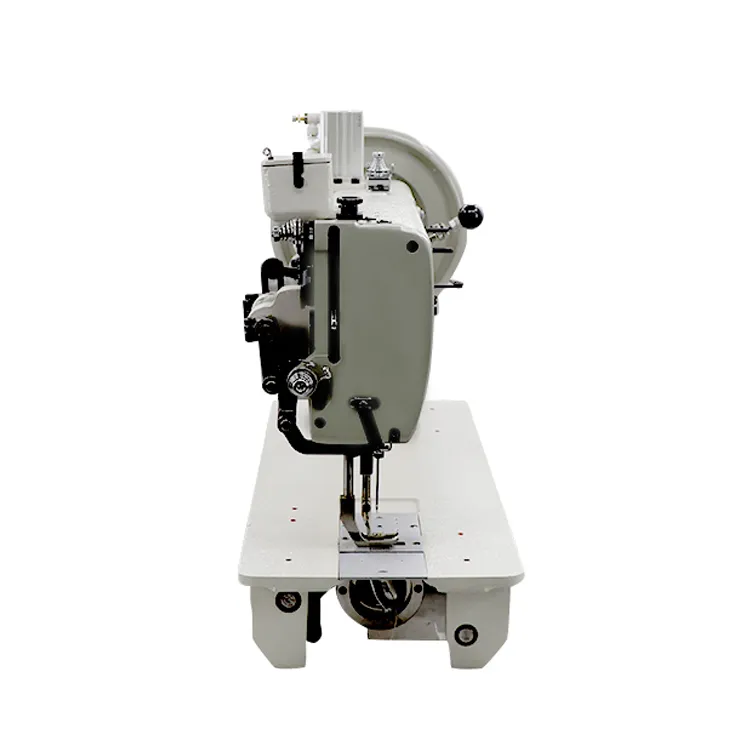Techniques for Hand Sewing Leather with Proper Needle Positioning
Positioning the Needle for Hand Sewing Leather A Comprehensive Guide
Hand sewing leather is an art that requires precision, skill, and the proper technique to ensure a durable and aesthetically pleasing finish. One of the most critical aspects of this process is the positioning of the needle. Whether you are a beginner or an experienced leatherworker, understanding the best practices for needle positioning will significantly enhance the quality of your work.
Understanding the Basics
Before diving into the specifics of needle positioning, it is important to know the types of needles commonly used in leather sewing. Leather needles are usually designed with a wedge-shaped tip, which allows them to pierce through tough materials without causing undue damage. Using the proper needle type is essential, as it can affect how the thread passes through the leather and, consequently, the strength and appearance of the stitches.
Proper Needle Positioning
1. Angle of Insertion The angle at which you insert the needle can significantly impact your stitching. For most leather projects, the needle should be inserted at a straight angle, usually about 90 degrees to the leather surface. This ensures that the needle goes through the material cleanly and that the thread lays flat against the leather, reducing the risk of fraying.
2. Distance from the Edge The distance from the edge of the leather is another crucial factor. Generally, a distance of 1/8 inch to 1/4 inch from the edge is recommended for most leather projects. This distance allows for enough material to grip the stitches securely, enhancing the durability of the seam while also providing a neat finish.
3. Spacing Between Stitches Consistent spacing between stitches not only affects the visual appeal of the project but also its strength. A standard spacing is about 1/8 inch apart, but this may vary based on the type of leather and the thickness of the needle and thread used. Maintaining uniform spacing will result in a balanced look and will help distribute tension evenly across the seam.
positioning needle for hand sewing leather

4. Thread Tension While positioning the needle, it’s essential to pay attention to the tension of the thread. If the thread is too tight, it may cause the leather to pucker; if too loose, it may lead to a weak seam. Adjusting the threading technique while sewing can help you maintain the right balance, ensuring the stitches lay flat without any distortion.
Techniques for Enhanced Precision
To improve precision in needle positioning, consider the following techniques
- Marking the Leather Before you start sewing, use a ruler and a pencil or a scratch awl to mark your stitch line on the leather. This guides your needle positioning, helping to maintain a consistent distance from the edge and between stitches.
- Using a Thimble A thimble can offer better control and protection for your fingers while inserting the needle. It allows you to apply more force without risking injury, which can be especially useful when working with thick leather.
- Practice Makes Perfect Like any skill, hand sewing leather takes practice. Set aside time to practice your technique on scrap pieces of leather to refine your needle positioning, spacing, and overall sewing skills.
Conclusion
Mastering the art of positioning the needle is vital for anyone embarking on hand sewing leather projects. By paying attention to the angle of insertion, distance from the edge, spacing between stitches, and thread tension, you can create beautiful, sturdy pieces that showcase your craftsmanship. Remember, patience and practice are key to developing your skills, so take your time and enjoy the process. Happy sewing!
-
Boost Production Efficiency with a Pattern Sewing MachineNewsAug.29,2025
-
Industrial Excellence with the Best Heavy Duty Sewing MachineNewsAug.29,2025
-
Precision and Power with the Best Pattern Sewing MachineNewsAug.29,2025
-
Reliable Bulk Packaging Starts With the Right FIBC Sewing MachineNewsAug.29,2025
-
Advanced Packaging Solutions: Elevate Productivity with Jumbo Bag Sewing Machine and Industrial Stitching EquipmentNewsAug.29,2025
-
High-Performance Solutions for Bulk Packaging: FIBC Sewing Machine and MoreNewsAug.29,2025
-
Maximize Efficiency with an Industrial Cylinder Arm Sewing MachineNewsAug.28,2025


























